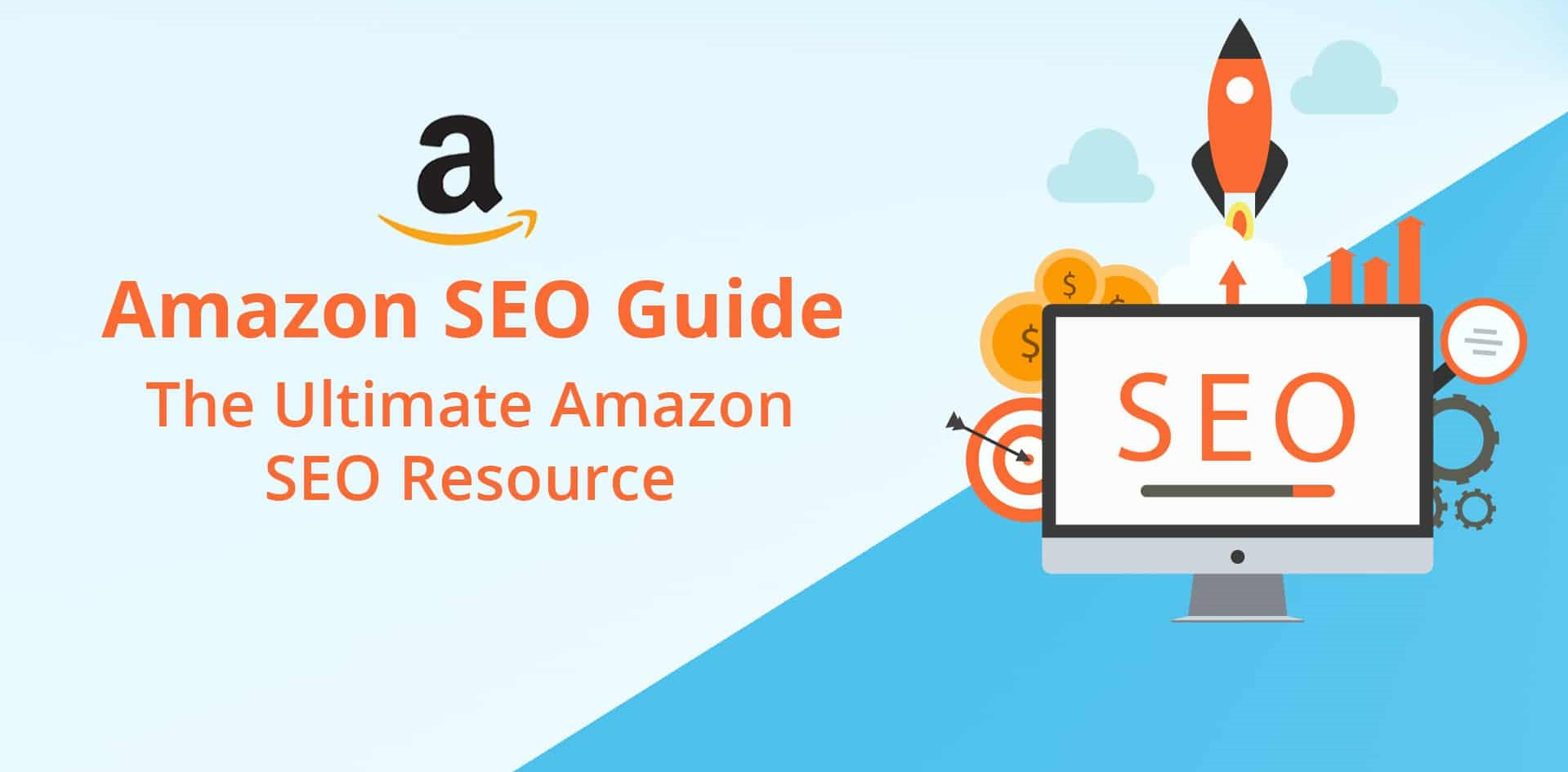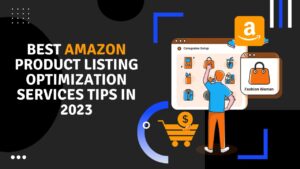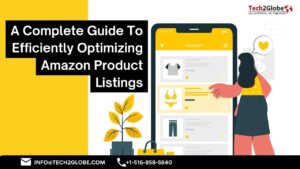When you think of an increase in sales and traffic, the first thing that strikes the mind is SEO. Your website is not the only way you can market your goods on the website. Do you want a product listing on Amazon to be noticed by clients, just as you want your website to appear with your business keywords on the first search-end results page (SERP)? Give a call to Tech2globe today.
In the absence of the proper Amazon SEO, like standard SEO, traffic will decline, and revenues will be decreased.
It is important to recognize that the Amazon search algorithm operates differently in surface results than any Google or Bing algorithm. In short, there are far fewer signs or variables in the classification than with standard SEO; some estimate 200 factors (though others dispute this).
You would assume this makes it easier to rate Amazon, but not that easy. You’ll have a rough time if you’re trying to evaluate Amazon SEO from a network SEO point of view. This is due to the fact that Amazon is first and foremost a shopping website.
Amazon SEO: An introduction
Amazon’s search algorithm is known as A9 since the company that manages SEO for the company, which is a subsidiary of Amazon, is also known as A9. In terms of the organization:
Understand that as the world’s largest ecommerce platform, Amazon is only concerned with one thing: increasing its bottom line by delivering as effectively as possible to its millions of customers.
Although people search for a number of items on Google, many of which are informative, almost every Amazon search is transactional. That’s why its algorithm is based on just a few factors.
If you customize your Amazon product page for these two main ranking criteria, you’ll see an increase in conversions and sales.
Work out on the brand field.
The brand area for a product appears on the product page (right above the title or headline) and leads to additional search results for the same brand. When you’re listing your products, double-check that your brand name is spelled correctly. Tech2globe can be your best companion when helping you in the right services for better rankings.
Shoppers on Amazon often search for products based on their brand names, which is why it’s important to always have a correct name. If your product has many brand names that you might possibly use, use a keyword tool to help you find out which version is the most searched for and use that.
Give the best product descriptions.
These two are inextricably linked. Both inform your customers about your product, so take advantage of this opportunity to be both detailed and convincing. Naturally, you’ll want to include the most important keywords in this section as well.
From a pure sales standpoint, work hard to make the copy readable, natural, and persuasive for the summary. Opt best practices for ecommerce landing pages. Beyond the SEO benefit of using your keywords, this will resonate with potential buyers.
Work out on the prices and compare them.
It should go without saying (at least it should) that the price you charge for your product has a huge effect on your conversion rate and the number of units you sell on Amazon. If your Amazon price is favorable in relation to other sites selling your product or products similar to yours, your conversion rate should increase.
How your price compares to similar items in the same category on Amazon is an element of this that’s sometimes ignored.
Keep a check on your conversion rate.
Your product’s conversion rate, which is intimately linked to price, is another highly significant success factor in your search ranking. Unfortunately, learning how your conversion rate compares to others with some confidence would be difficult because you don’t have access to Amazon’s analytics in the same way you will with analytics on your ecommerce site. You can get in touch with the team of tech2globe, and the experts will guide you on how to keep your conversion rates accurate.
Suppose your conversion rate isn’t great and you think it could be better. In that case, it’s time to review some of the relevant above variables and see if you can boost your Amazon search rankings and/or inspire more customers to purchase with a better product page copy.
Get better reviews
Another performance-related aspect that factors into Amazon’s algorithm is online feedback, which 85 percent of consumers trust as much as personal recommendations. Take note of the link between Amazon’s search results and items with a lot of feedback. The items that rank first for a broad keyword usually have more and better reviews than those at the bottom of the list.
Conclusion
Knowing what Amazon’s algorithm wants from you as a seller, which boils down to making Amazon’s customers happy, is the key to successful Amazon SEO. You can optimize your product page in various ways, but they all boil down to two things: relevance and results. If you optimize with these major considerations in mind, you can ultimately see changes in your search results, conversion rates, and sales. Tech2globe is the right door to knock on if you are looking for professionals to guide you in the right direction for Amazon SEO.










